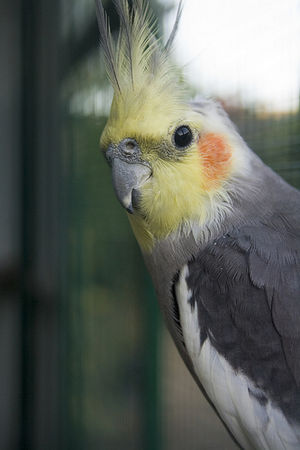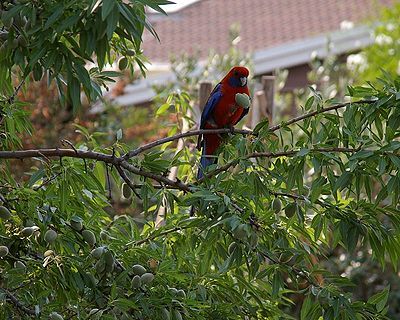
Birds can suffer from diabetes too. Diabetes milletus occurs when the pancreas doesn’t produce enough insulin. Insulin is the hormone that helps regulate and metabolize sugar.
The cause of diabetes in birds is somewhat different than in mammals. With mammals, insulin production is too low. In birds, too much of the hormone, glucagon is present. The results for both birds and mammals is high blood sugar levels.
Symptoms can be excessive water intake, frequent urination and increased fluid in droppings. Birds often lose weight, more noticeable in plump birds and become thin.
Diagnosis is made with a thorough physical examination, blood tests (CBC-complete blood count-and blood chemistry) and urinalysis.
Treatment begins with a diet low in carbohydrates and sugars. Activity and exercise need to be regulated as directed by your veterinarian. Dipsticks that measure sugar in the urine can be used. Injectable insulin does not work well in controlling glucose levels in most birds. An oral medication called glipizide has proven more effective in most cases. Since there is no cure for diabetes, treatment continues throughout the bird’s life. A diabetic bird should be seen by an avian vet at regular intervals.
Diabetes is more common in cockatiels, budgies and toucans but can occur in any species.



